Queen Puabi’s Apple of Life
Four-millennia-old apples from a Sumerian tomb
In early December 1927, four years into a major excavation of the Sumerian city of Ur in Mesopotamia, run jointly by the British Museum and University of Pennsylvania in what is now southern Iraq, chief archaeologist Leonard Woolley makes a discovery to rival Howard Carter’s Tutankhamun, unearthed four years before.
He finds the tomb of a queen. From the cylinder seals buried with her, her name is Puabi and her title is NIN, which can mean lady or queen. She was short – only about four foot tall (1.22 metres) and clearly a very important person. Her tomb has remained undisturbed for four and half thousand years and is full of offerings for the afterlife, including thousands of precious beads and pendants, spread across her body and the remains of a table. The pendants include bunches of dates (a symbol of monarchy) and apples which in this region still represent fertility, good fortune, and long life, just as they did all that time ago.
Woolley made an attempt at assembling the pendants and beads as he thought they might originally have looked and produced a diadem which looked a little like a belt. Recently, researchers from the Penn Museum have assembled something they feel is far more likely – and much more impressive.
Puabi’s pendants weren’t the only apples found in the royal tombs at Ur. In another tomb belonging to an unknown individual, Woolley discovered pottery offering dishes with the remains of real apples, originally threaded on a string.
These apples and other food remains found in these dishes probably represent post-interment food offerings to the ghosts of the deceased, called the kispu. This was an important religious practice in ancient Mesopotamia to keep ancestors happy and fed in the underworld.
Tablets of the time invoke Inanna, Queen of Heaven.
“You are the creator of apples in their clusters”
Hymn to Inanna c2,000 BC
‘Hashur’ in Sumerian, the apple is a powerful symbol.
In 2021, Apples & People commissioned a new necklace ‘From life to death to life’ by an artist in the Welsh Marches, Beca Beeby. It combines a tribute to the ancient Sumerian diadem with a contemporary homage to the life and symbolism of an apple.
Orchards were also important in Sumeria. A clay tablet in the British Museum dates from the third dynasty of Ur (2112-2004 BC), known to be a period of great bureaucracy. It records a series of orchards detailing their areas, the number of different types of fruit trees, including apples, and the names of the gardeners in charge.
Even now, from Persia to Anatolia, from Central Asia to the Arabian Peninsula, apples represent abundance, health and fertility, traditions that have lived for at least five thousand years.
Among the stories of the Arabian Nights are several including apples. In ‘The Three Princes and the Princess Nouronnihar’, the Sultan promises the princess in marriage to the prince who brings the gift of greatest value. One brings a magic carpet, another a magical glass that sees your deepest desires, and the third a healing apple. Perhaps our saying, “An apple a day keeps the doctor away,” is an echo of this ancient and mystical association of apples and health.
Customs linking apples with weddings and fertility are widespread. In the early Central Asian epic of Manas, Jakyp sends his wife to a holy apple tree to help her conceive – and, more recently, women in Kazakhstan would lie on the ground under an apple tree to improve their chances of becoming pregnant.
In Armenia until the late twentieth century, on the morning after a wedding night the bride’s new mother-in-law would send gifts of apples (and more) to the bride’s parents to confirm that all had gone well – that the bride had been a virgin and was now welcome in her new family.
Lemma Shehadi photographed a recent Yazidi wedding in Armenia, where the apple bough takes a prominent place, ensuring the couple’s future health and prosperity. At this wedding, the groom also climbed the roof to throw an apple to his bride for good luck.
Yazidi wedding video courtesy of Lemma Shehadi www.lemmashehadi.com. Supported by the Rupert Cornwell Prize for foreign journalism.
As folk tales in Europe often end, “and they all lived happily ever after”, so across the Middle East stories might finish with the words, “Three apples fell from heaven: one for the teller of this tale, one for the listener, and one for him who heeds the teller’s words”.
Afterword
Staff at the British Museum are planning to research the 4,500-year-old crab apples that were discovered at Ur in a royal tomb referred to as PG 1054. The tomb was sealed and above it a platform with reed matting was laid down. Dishes with the apples and other food were laid down on top of this, potentially as part of an offering ritual. The six apples appear to have been cut transversely in half when fresh, threaded onto a string and dried before being interred. Carbonized grain, wood charcoal, date pits, and fish bones were also found with the apple remains and are stored in bags in the British Museum along with the original soil. The hope is that the organic matter from the tombs will now be re-examined using the latest techniques.
Apples & People Commission in response to Puabi and her apple of life
Puabi by Naï Zakharia
Naï was commissioned by Apples & People to produce this illustration imagining Queen Puabi amongst apples.
Naï is a French-Lebanese freelance illustrator and a PhD candidate at the University of Cambridge, where she researches the histories of women in Arctic field science in the early to mid-twentieth century. She obtained her BFA from the School of Visual Arts in New York City and an MA in Material and Visual Culture from University College London. Her pen and ink and watercolor artworks have appeared in The New Yorker, The New York Times, Emergence Magazine, Lenny Letter, The Advocate Magazine, and Asymptote Journal. See more of her work on Instagram and her portfolio website.
Naï recorded the process of creating this pen and ink illustration for Apples & People.
Naï also contributed artwork to our earlier Apple Story ‘Fruit of the Heavenly Mountains‘. That artwork was originally published in an article in Emergence Magazine, ‘East of Eden’ by Roger Deakin, with Robert Macfarlane.
Apples & People Commission in response to Puabi and her apple of life
From life to death to life: An apple diadem from the Welsh Marches by Beca Beeby
Beca Beeby is a jewellery maker, blacksmith, and ceramicist who lives in Gwent and whose work is inspired by the natural world. Apples & People commissioned Beca to produce a modern diadem themed upon the apple’s life cycle in an orchard, a contemporary response to the diadem found in Queen Puabi’s tomb.
“On researching Queen Puabi’s headdress, I was immediately struck by the contrast of the gold and blue, and of the symbolism and the simple acceptance of the fact that our human lives rely on the life of plants and animals, and how this has not changed in all this time. The apples and dates are thought to symbolise Inanna, the Goddess of love, fertility and abundance, and while I wanted to continue with this line, I was also uncomfortable with the fact that the Penn Museum was in possession of the headdress, which was found in Ur (now present day Iraq) in the 1920s and was an important part of Sumerian culture. I didn’t want to become yet another British person using another culture for my own interests, but I still wanted to share the story and beauty of the headdress.”
“I thought about the traditions and beliefs surrounding apples and fertility in the UK, and how the cycles of life, including death and decay as well as birth, fertility and growth, are mirrored in the traditions of the Welsh borders where I live: with the Mari Llwyd and Wassail held in the fertile orchards of the land. I decided to make a sort of Welsh/Herefordshire homage to the headdress of Queen Puabi, using nettle and flax fibres dyed with woad instead of lapis lazuli beans for the blue of the strings, and bronze and brass instead of the golden wire and sheet used in the headdress. My piece is to be worn as a necklace.
I have used a combination of wirework, sheet forming, repousse, lost wax and direct casting, and gold soldering for the metalwork. The cast pieces span apple seedlings, buds, blossom, and fruit in all states of decay, leaves, and pips, cast from life and from sculpted wax throughout this last year.”
Beca can be reached via her website: www.becabeeby.com or via her Instagram
Sources:
- Cohen (2005) Death Rituals, Ideology, and the development of early Mesopotamian Kingship. Toward a New Understanding of Iraq’s Royal Cemetery of Ur
- Ellison et al (1978) Some Food Offerings from Ur, Excavated by Sir Leonard Woolley, and Previously Unpublished in Journal of Archaeological Science 1978, 5, 167-177
- Heimpel (2011) Twenty-Eight Trees Growing in Sumer in Owen (ed) Garsana Studies
- Miller (2013) Symbols of Fertility and Abundance in the Royal Cemetery at Ur, Iraq in American Journal of Archaeology 113
- Woolley (1934) Ur Excavations – The Royal Cemetery
Thanks to:
- Benedict Filmer-Sankey, Assistant Collection Manager, British Museum
- Professor Carl Heron, Director of Scientific Research, British Museum
- Dr Nancy Highcock, Curator of Ancient Mesopotamia, British Museum
- Ian Lewis, who researched and wrote this story for Apples & People
- Professor Mark Nesbitt, Senior Research Leader, Economic Botany, Royal Botanic Gardens Kew
- Evan Peugh, Assistant Archivist, Penn Museum, USA
- Lemma Shehadi, Journalist




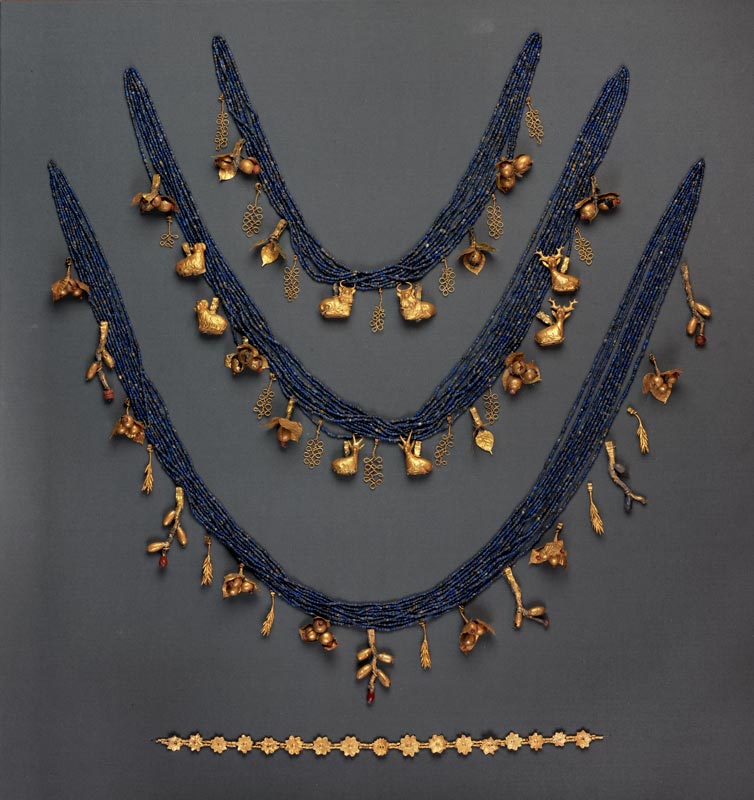
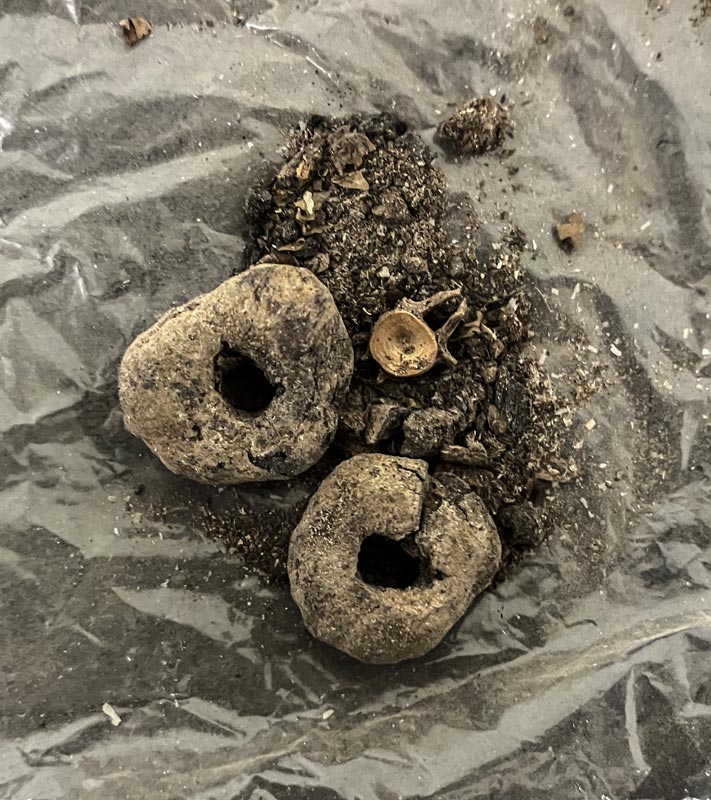
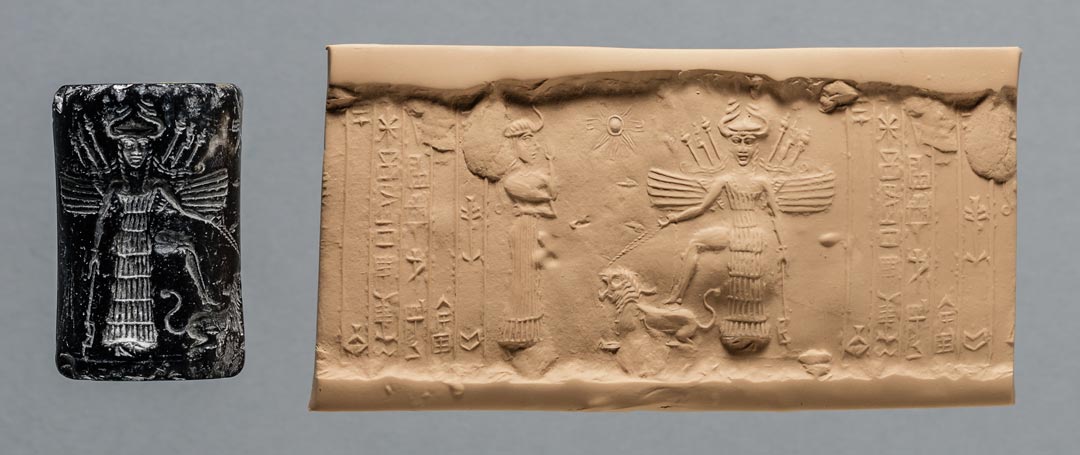

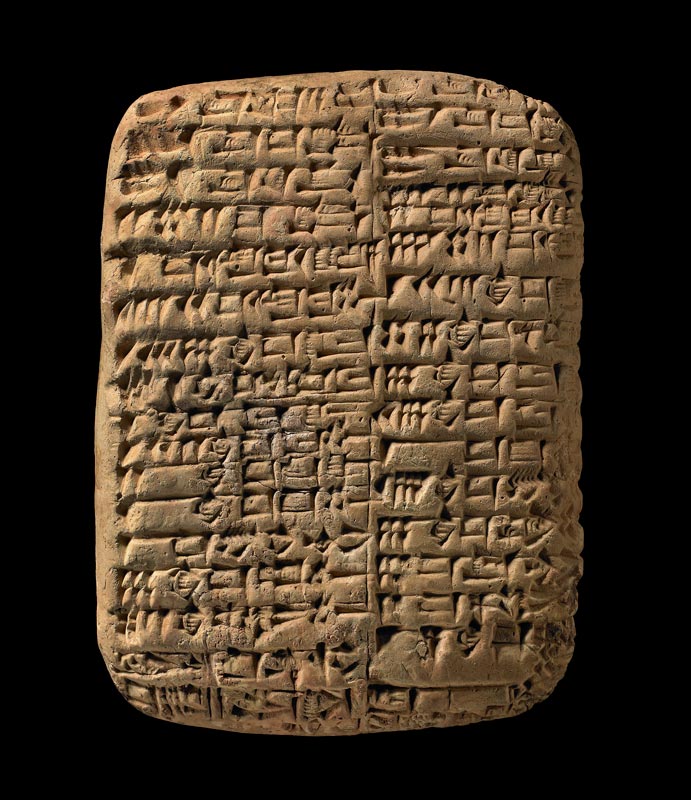
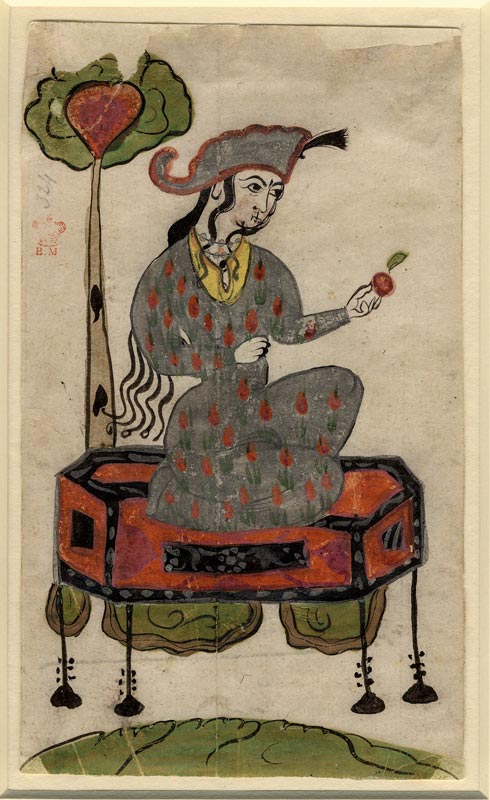
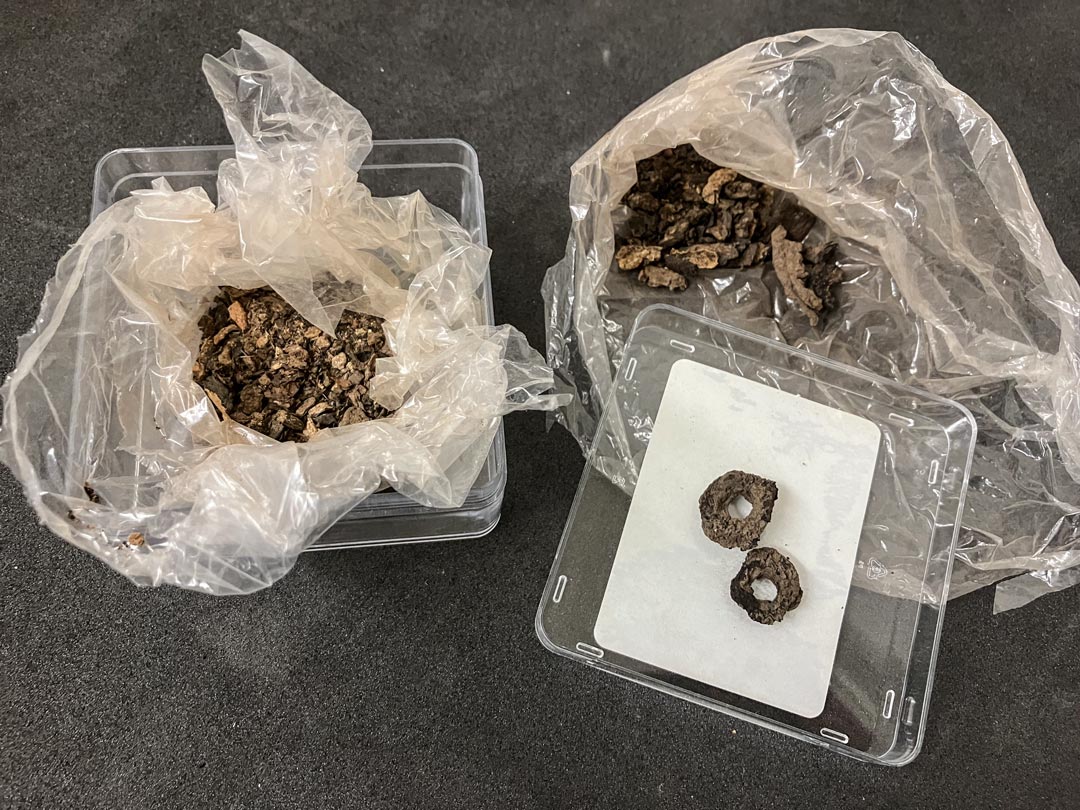
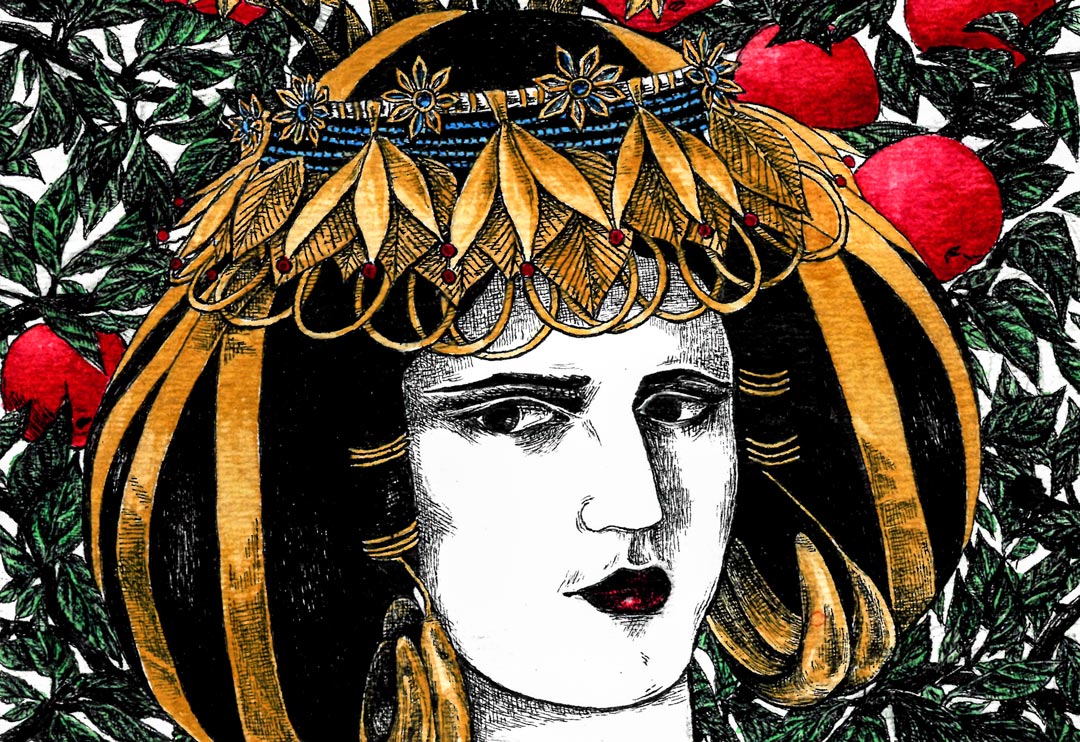

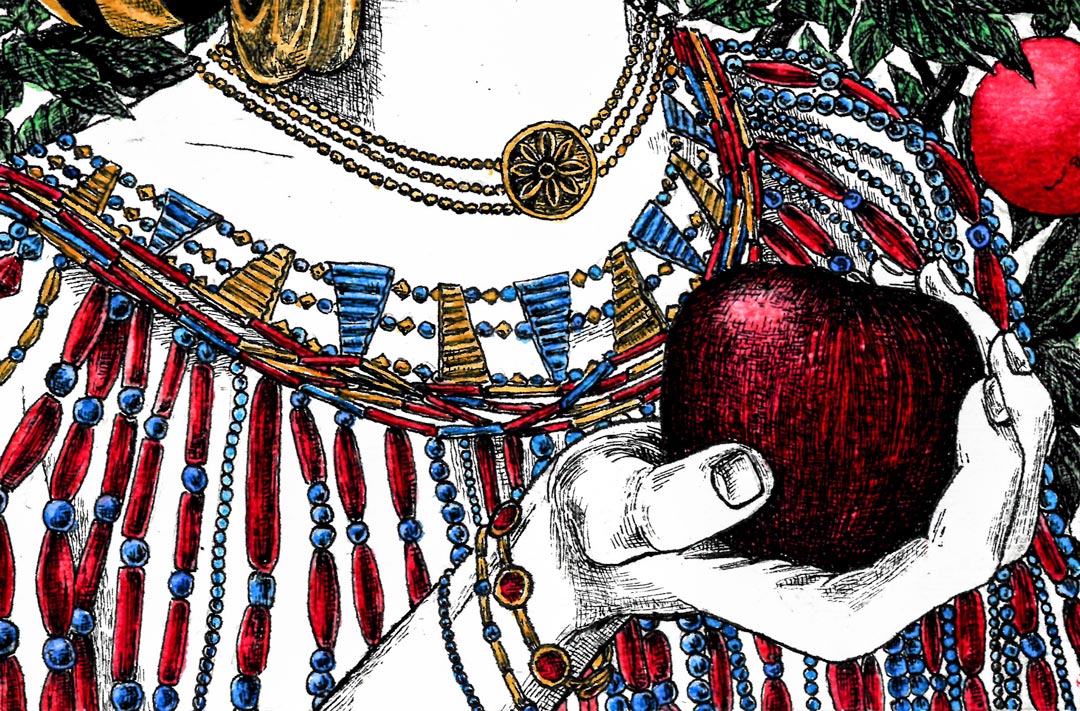

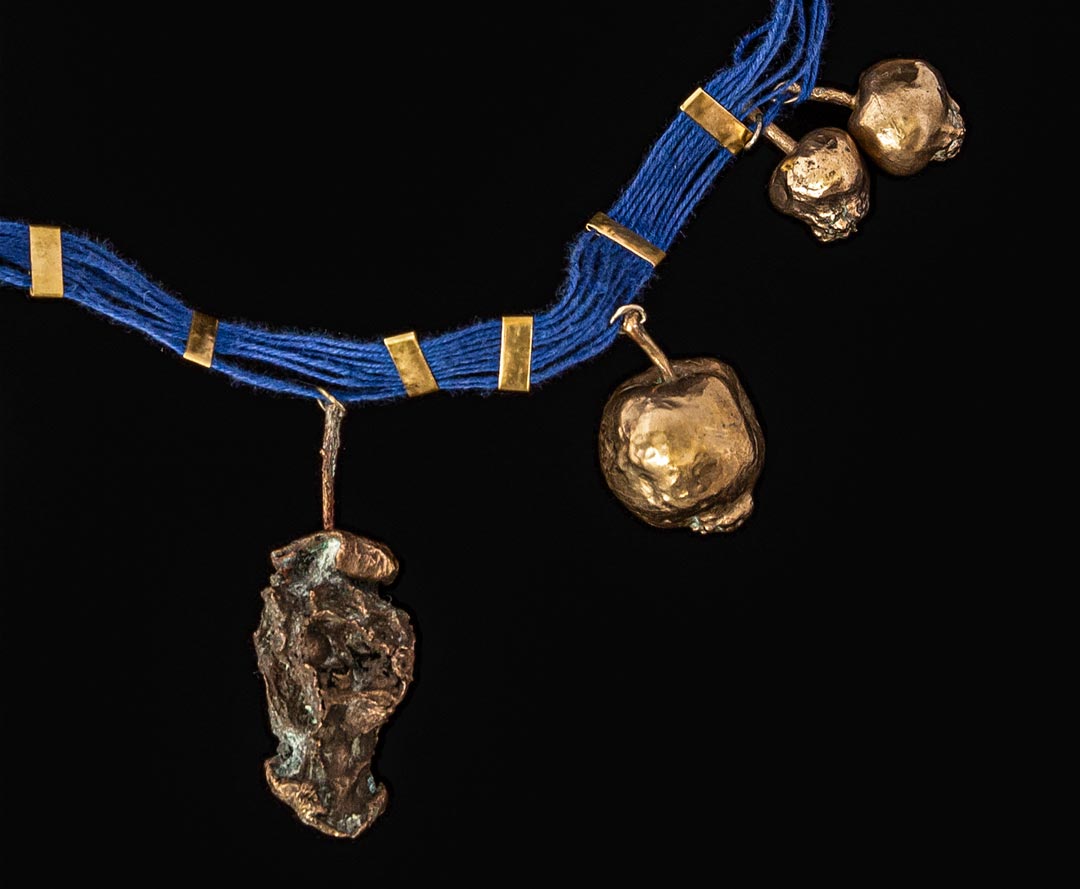
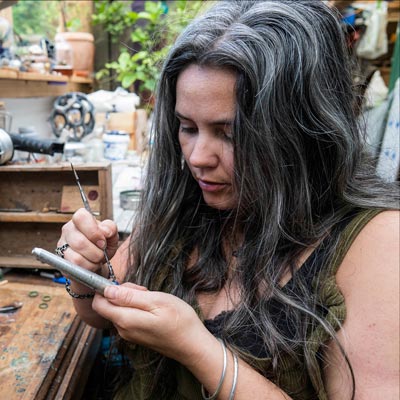
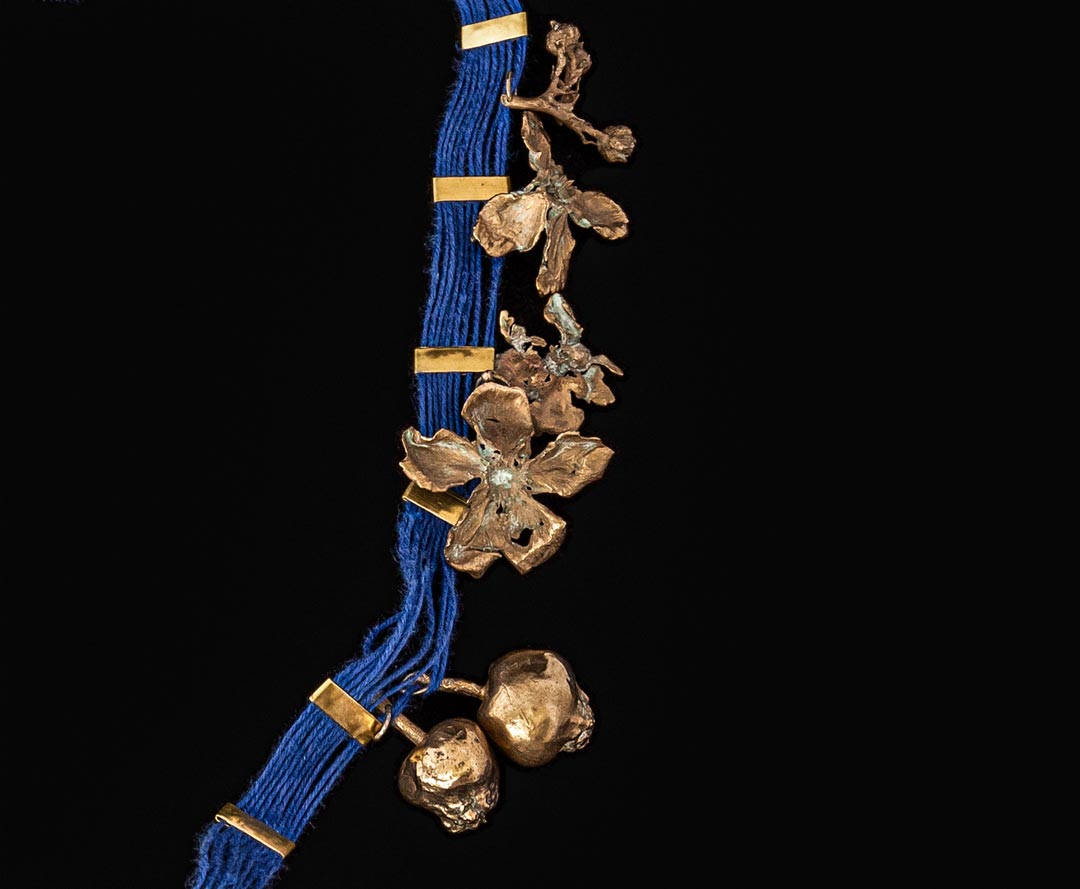

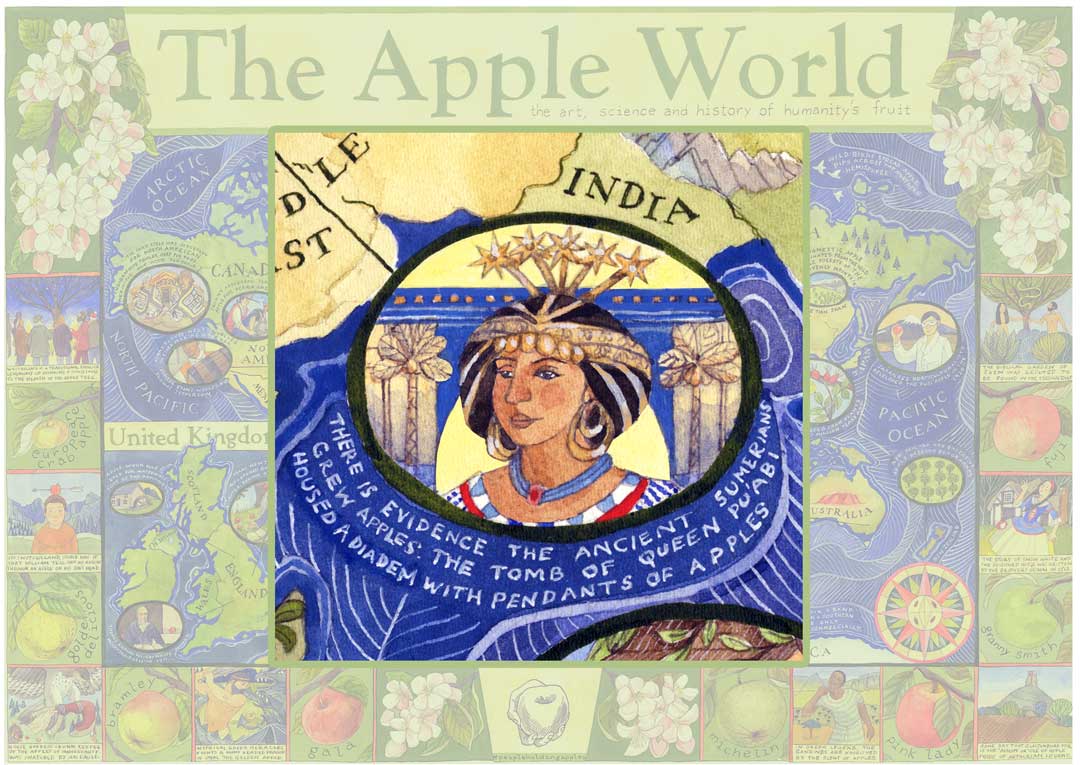


 Michelin and The Girls - The French mother of the English cider industry
Michelin and The Girls - The French mother of the English cider industry Alicia López packing Honeycrisp apples at Cowiche Growers Inc Photography Manuel Tavira Courtesy of Carlos López
Alicia López packing Honeycrisp apples at Cowiche Growers Inc Photography Manuel Tavira Courtesy of Carlos López